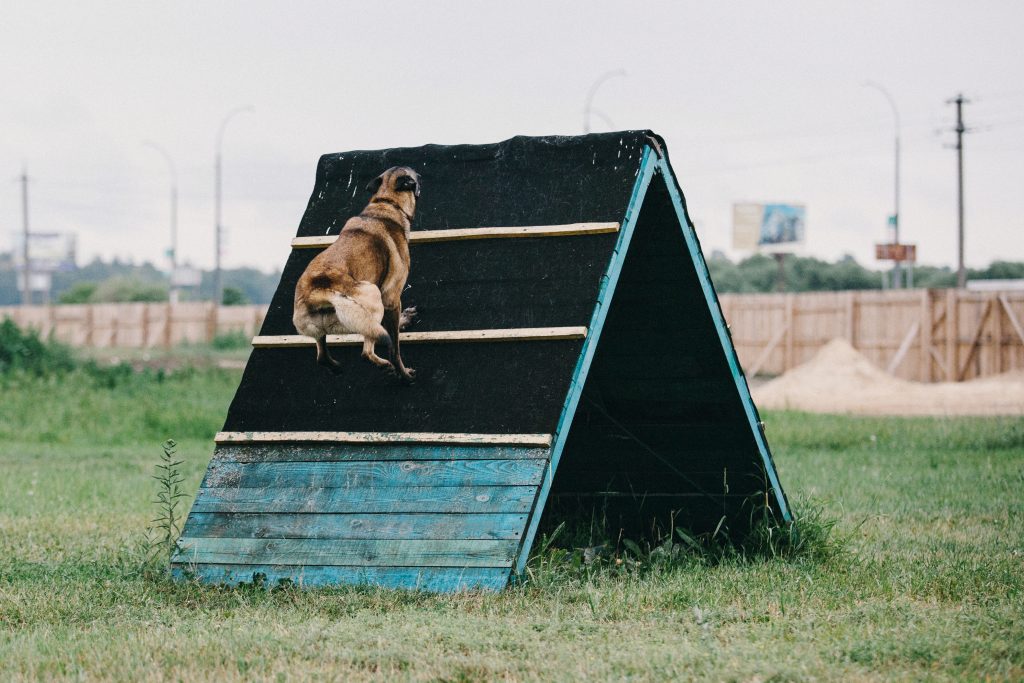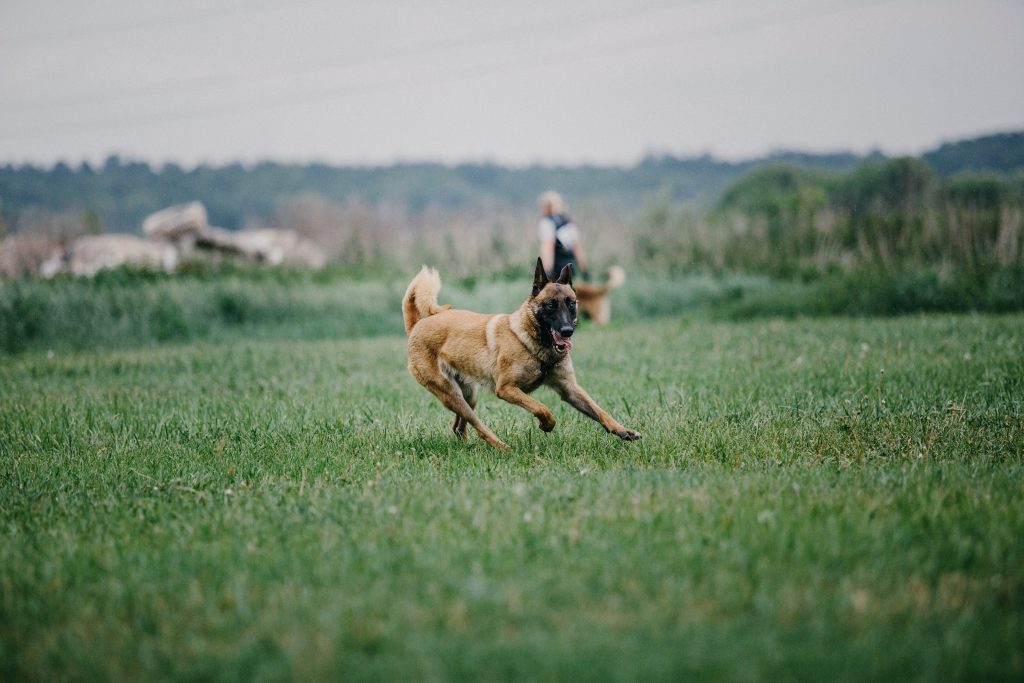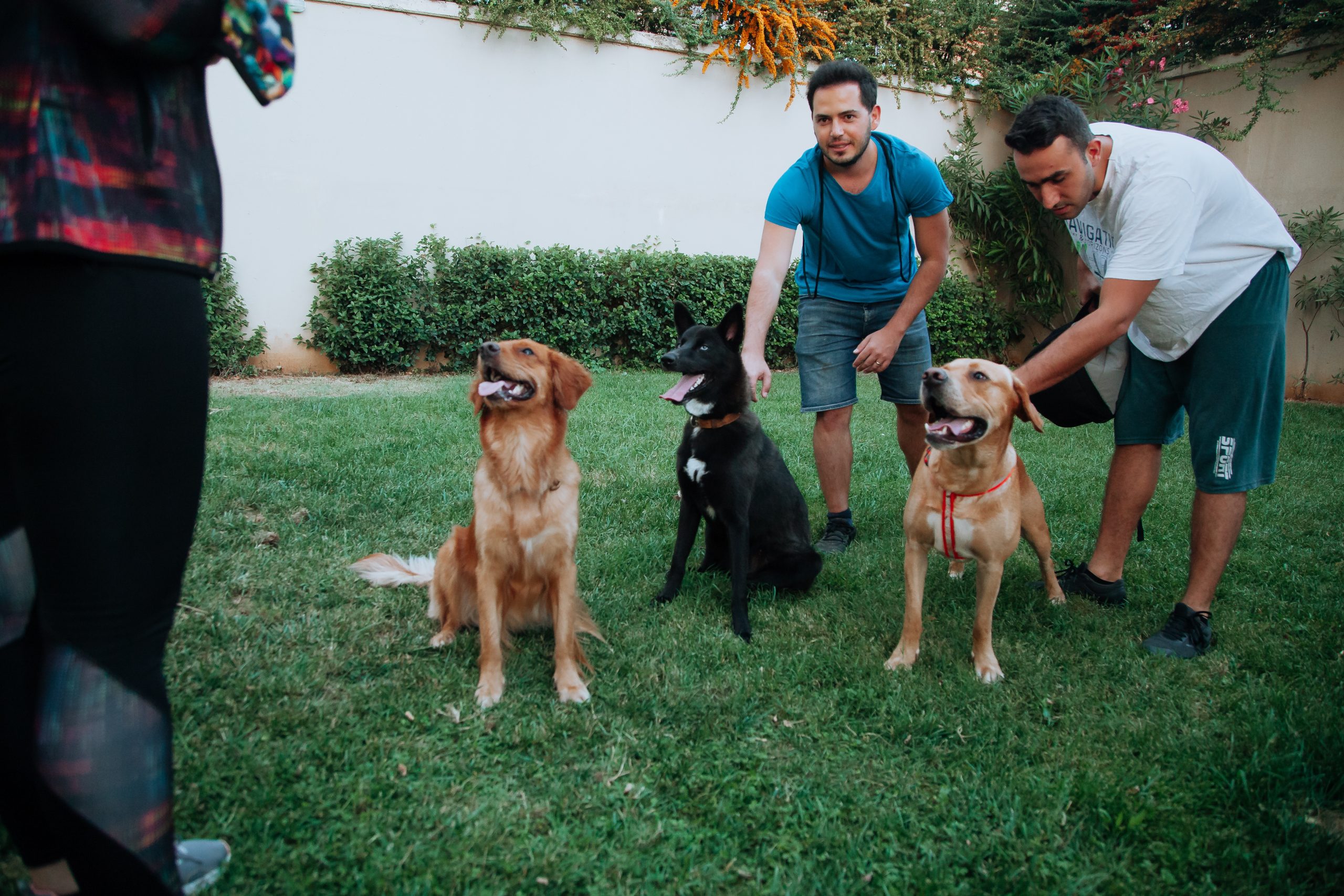Are you struggling to train your furry friend? Worry not, as attending a free dog training class can be a game-changer for both you and your pet! With experts in animal behavior and training guiding you through the process, you can expect to learn crucial skills that can strengthen the relationship you have with your dog. Usually, attendees are required to bring a flat collar, non-retractable leash, a treat pouch, and treats to keep dogs engaged during the training. In the class, you’ll learn basic obedience commands, positive reinforcement techniques, socialization skills, and bonding with your dog, among other training tips and tricks. In this article, we’ll dive deeper into the specific skills taught in free dog training classes, and how you can enhance the learning process for your furry companion.
1. Basic Obedience Commands
When it comes to dog training, having a well-behaved and obedient pup is essential. Basic obedience commands are the building blocks of training and can help establish a strong foundation of control and communication between you and your furry friend.
The four fundamental basic obedience commands that every dog should learn are: sit, down, stay, come and leave it. These commands form the basis of obedience training and can be used to teach more complex skills.
To train your dog to sit, start by holding a treat in front of their nose and raising it slowly above their head. As your dog looks up, their bottom will naturally lower into a sitting position. Once they sit, reward them with the treat and lots of praise. Repeat this process several times until your dog is able to sit on command.
Training your dog to lie down starts with having them sit in front of you. Place a treat in front of their nose and slowly move it towards the ground. As your dog follows the treat, their body will follow and they will naturally lie down. Once they are lying down, reward them with a treat and lots of praise. Repeat this process until they can lie down on command.
The stay command teaches your dog to remain in one spot until released. Start by having your dog sit or lie down, then put your hand in front of their face and say “stay”. Step back a few steps and if they remain in the sitting or lying down position, reward them with a treat. Gradually increase the distance that you step away, and the length of time they must remain in position. Always reward them for obeying the command.
Teaching the come command is important for safety purposes. Start with your dog on a long leash and call their name followed by “come”. If they come towards you, reward them with a treat and praise. Gradually increase the distance between you and your dog while calling their name, and always reward them for coming to you.
The leave it command teaches your dog not to touch or take objects that are deemed as “off-limits”. Start by offering your dog a treat in your open hand, and saying “leave it”. If they do not touch the treat, reward them with a different treat and lots of praise. Gradually increase the complexity of the objects that are off-limits.

2. Positive Reinforcement Techniques
Dog training can be a challenging and often frustrating process for both the dog owner and the pet. However, with the use of positive reinforcement techniques, training can be a fun and rewarding experience for all involved. Positive reinforcement is a reward-based training technique that involves rewarding dogs for displaying desirable behavior. Some of the most popular positive reinforcement techniques include clicker training, luring, capturing, and shaping.
Clicker training is a positive reinforcement technique that uses a small handheld device that makes a clicking sound when pressed. The sound signals to the dog that they have displayed a desirable behavior and will be rewarded. Clicker training can be an effective tool for teaching new behaviors and reinforcing existing ones.
Luring is another positive reinforcement technique that involves using a treat or another object to encourage a dog to perform a desired behavior. For example, if you want to teach your dog to sit, you can hold a treat above their head, causing them to follow it with their eyes and nose. As their head tilts back, their bottom naturally lowers into a sitting position. Once they are seated, you can reward them with the treat.
Capturing involves rewarding a dog for displaying a desirable behavior on their own. For example, if you want to teach your dog to give you a high-five, you would reward them each time they lift their paw towards your hand. Eventually, they will learn that lifting their paw results in a positive consequence and will do so more frequently.
Shaping is a technique that involves rewarding a dog for getting closer and closer to the desired behavior. For example, if you want to teach your dog to jump over a bar, you may first reward them for simply noticing the bar, then for sniffing at it, then for touching it with their paw, and so on. By rewarding each small step towards the desired behavior, you can gradually shape their behavior over time.
3. Socialization Skills
Socialization skills are essential for dogs to learn as early as possible in their lives. A well-socialized dog is confident, happy, and less prone to developing behavior problems, fears, and phobias. Socialization allows dogs to learn how to appropriately interact with different people, animals, and environments.
One of the most effective ways to teach socialization skills to a puppy or adult dog is by enrolling them in a six-week training program. This program is designed to teach a dog how to behave appropriately in various social situations, including public places, around strangers, children, and other dogs. The Basic Manners class is an excellent program for dogs aged four months and older to learn essential skills such as sitting, staying, walking on a leash, stopping jumping on people, and other basic skills that make them well-behaved companions.
It’s important to note that dogs must have their required vaccinations, including Distemper-Parvo, Bordetella, and Rabies, before attending any training program. Vaccinations ensure that dogs are protected and safe from infectious diseases.
For dogs that are adopted from shelters or rescue organizations, there is an A25 discount code available. This discount allows these dogs to receive training at a reduced rate while encouraging their socialization skills and improving their chances of becoming a well-behaved member of their new home.
The benefits of socializing dogs and puppies are numerous. Socialization teaches dogs how to interact appropriately with different people and animals, leading to happier, more relaxed pets and fewer behavior problems. Socialization also helps dogs become more adaptable to new situations, leading to fewer fears and phobias. In short, socialization creates dogs that are happier, well-behaved, and welcomed by others.
4. Bonding with Your Dog
Establishing a strong bond with your dog is the foundation for a long-lasting and healthy relationship. Socialization, positive reinforcement, and effective communication are key components in building mutual trust and respect.
Socialization is the process of exposing your dog to different people, animals, and environments. It helps them develop confidence and prevents them from becoming anxious or fearful. Positive reinforcement techniques such as treats and praise can encourage good behavior and reinforce desirable actions, making your dog more responsive to training.
Effective communication is also essential for bonding with your dog. Being consistent in your commands and tone of voice helps your dog understand what is expected of them. In addition, practicing active listening by paying attention to your dog’s body language and responding appropriately can help build trust and understanding.
Simple activities like grooming, playing, and exploring new places together can also help build trust between you and your dog. Regular grooming sessions not only help maintain your dog’s hygiene but also provide opportunities to bond and show affection. Playing games like fetch or tug of war can be fun and stimulating for your dog while strengthening your bond. Taking walks and exploring new places together can also create positive experiences and deepen your dog’s trust in you.
Understanding dog body language is also crucial in building a strong bond. By observing your dog’s behavior, you can interpret their signals and respond appropriately. Signs of comfort include relaxed body posture and wagging tails, while signals of stress include lip licking, yawning, and avoiding eye contact. Recognizing and responding to your dog’s signals can help prevent misunderstandings and build trust and confidence.
Several factors can affect the bonding process, such as the dog’s age, breed, and individual temperament. Younger dogs are generally more adaptable and receptive to new experiences, while older dogs may have developed habits that are harder to break. Certain breeds may have a natural predisposition to certain behaviors, so it’s important to understand and work with your dog’s temperament to build a strong bond.
5. Training Tips and Tricks
Training your dog at home can seem like a daunting task, but with some helpful tips and tricks, it can be done successfully. Before getting started, it’s important to understand the significance of training your dog. Properly trained dogs usually have better behavior, which can make them a joy to be around, and prevent unwanted behaviors.
It’s best to start with the basics of obedience commands like “sit,” “stay,” and “come.” Once your dog has mastered these commands, you can then move on to more complex skills like agility training, advanced tricks, and challenging behaviors.
Positive reinforcement techniques such as treating and praising your dog when they comply with commands can encourage good behavior and reinforce desirable actions. Bonding and socialization skills with your dog can also help deepen your relationship and build trust. Dogs who have been properly socialized tend to be more confident and less prone to stress, anxiety, and fear.
When attending a dog training class, be sure to bring a flat collar or harness, a foot leash, and small bite treats or a toy. It’s also recommended to bring a blanket or bed for your dog to rest in between sessions.
If you miss a class, it’s important to make up for it to avoid falling behind. Many trainers offer make-up classes for missed sessions, so be sure to ask about this option.

Conclusion
In conclusion, attending a free dog training classes can provide you with valuable insights into basic obedience commands and positive reinforcement techniques to encourage good behavior in your canine companion. Socialization skills and bonding with your dog also help deepen your relationship and build trust. It’s important to continue learning and practicing these skills to address complex and challenging behavior. Remember to bring a flat collar or harness, a foot leash, and small bite treats or a toy to training sessions. Taking advantage of make-up classes and seeking advice from professional trainers can also help you and your dog reach your full potential together.









